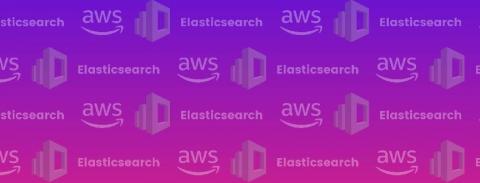Cost-saving strategies for the Elasticsearch Service: Data storage efficiency
Thousands of customers call the official Elasticsearch Service (ESS) on Elastic Cloud their home for running not only Elasticsearch, but exclusive products such as Elastic Logs, Elastic APM, Elastic SIEM, and more.







